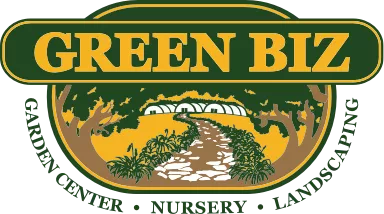Have you driven around your neighborhood and wondered, “Why does everyone’s landscape look the same?” It is common for neighborhoods to have similar plantings, especially in newer subdivisions. Unfortunately, many landscapes lack color, texture, and depth. But, there is an easy fix to this! Planting for color and texture can add dimension and interest to an otherwise boring and common landscape. Continue reading to learn how to plant for color and texture and how to make your landscape stand out among the rest.
Weeping Bald Cypress
Growing 12-15 feet tall, with a spread of 8-10 feet wide, the Weeping Bald Cypress displays a unique growth habit and a soft texture. Its feather-like leaves provide a texture that will stand out amongst the humdrum landscapes in your neighborhood. Additionally, this tree provides a bright green color that is sure to pop in your yard!
Forest Pansy Redbud
The Forest Pansy Redbud is a multifaceted tree. Growing 25 feet tall, this plant displays bright pink flowers in the early spring. Once the flowers are finished blooming, this tree unfurls deep purple-reddish leaves. The turnover of new color creates a visual interest that is sure to stop people in their tracks to take in the beauty of this plant.
Blue Atlas Cedar
If you are interested in a tree with a unique growth habit, the Blue Atlas Cedar is for you! This tree grows 40-60 feet tall and possesses a sparse growth pattern, much like a Charlie Brown tree! In addition to its unique growth pattern, this tree displays a blueish green color on its soft needles.
Golden Mop Cypress
Sometimes there is too much green in a landscape. As a general rule of thumb, the green should be broken up by a contrasting color. If this is the case in your yard, try using a shrub with a yellow color. The Golden Mop Cypress displays a golden yellow color amongst its shaggy shape. Growing 3-4 feet tall and wide, this plant works perfectly in a smaller area.
Click here to view our Facebook page!
Click here to schedule an estimate!
